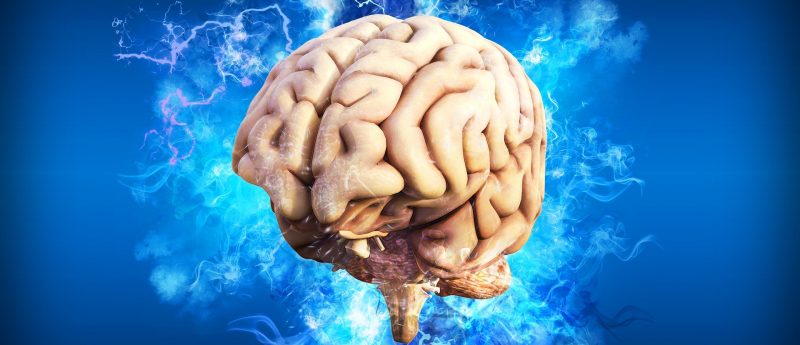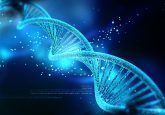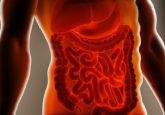Potential schizophrenia biomarker could be detected in human hair

Scientists at the RIKEN Center for Brain Science (Wako, Japan) have reported that MPST gene expression, which is known to have a role in hydrogen sulfide production, was demonstrated to be higher in the postmortem brains of individuals with schizophrenia compared with the postmortem brains of unaffected individuals. MPST levels can be assessed from hair follicles and could be a biomarker for schizophrenia.
Thought disorders such as schizophrenia become easier to diagnose when an objective marker can be identified and measured. Currently, a common behavioral marker for schizophrenia is the prepulse inhibition (PPI), which is often found to be lower in individuals living with schizophrenia.
In this research, published in EMBO Molecular Medicine, scientists began by analyzing protein expression in strains of mice exhibiting abnormally low or high PPI. The analyses identified increased levels of expression of the Mpst enzyme in mice with low PPI and upon measurement, the team found elevated levels of hydrogen sulfide in mice with low PPI.
To ensure Mpst expression levels related to the elevated levels of hydrogen sulfide, the researchers engineered Mpst knockout low PPI mice, successfully showing that their PPI was higher than in regular low PPI mice, indicating that reducing Mpst expression reduced schizophrenia-like behavioral markers. Further research showed MPST gene expression was higher in postmortem brains from individuals with schizophrenia and MPST protein levels correlated well with the severity of premortem symptoms.
With this knowledge, the scientists moved on to investigating MPST expression as a biomarker for schizophrenia, analyzing the hair follicles of more than 150 individuals living with schizophrenia. The analysis of MPST protein levels in scalp hair follicle samples was carried out using immunohistochemistry and in situ hybridization techniques, indicated that MPST levels in hair could be a good early biomarker for schizophrenia.
The biomarker is not universal, however, with results indicating that sulfide stress does not account for all cases of schizophrenia. Researchers believe that the biomarker could have potential in the future treatment of ‘sulfide stress’ induced schizophrenia.
Research lead Takeo Yoshikawa (RIKEN Center for Brain Science) concluded: “A new paradigm is needed for the development of novel drugs. Currently, about 30% of patients with schizophrenia are resistant to dopamine D2-receptor antagonist therapy. Our results provide a new principle or paradigm for designing drugs, and we are currently testing whether inhibiting the synthesis of hydrogen sulfide can alleviate symptoms in mouse models of schizophrenia.”
Sources: Ide M, Ohnishi T, Toyoshima M et al. Excess hydrogen sulfide and polysulfides production underlies a schizophrenia pathophysiology. Embo Mol. Med. doi:10.15252/emmm.201910695 (2019)(Epub ahead of print); www.eurekalert.org/pub_releases/2019-10/r-bfs102519.php






